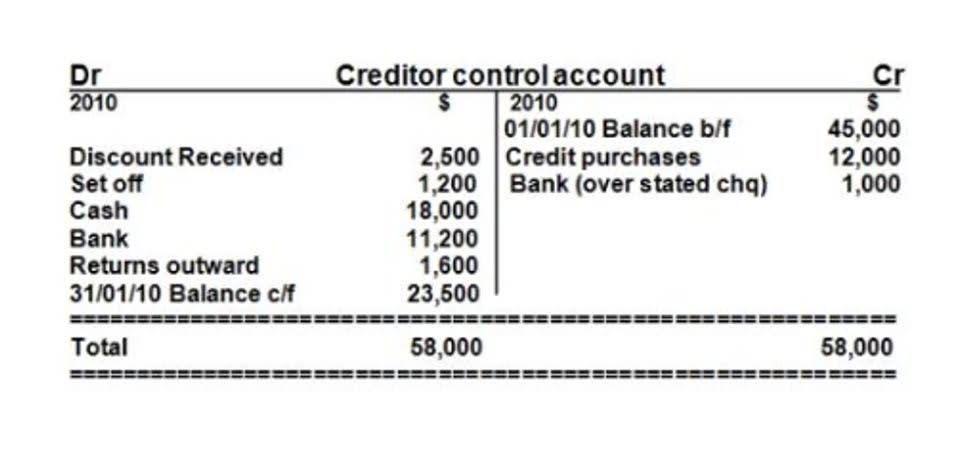
Calculate 17 time in a half all hours worked the same way you would calculate fluctuating workweek overtime. Employees who work a fluctuating workweek work a different number of hours from week to week. The method you use depends on if the employee receives a salary that covers a fixed number of hours or if they receive a salary that covers all worked hours (aka fluctuating workweek). Check with your state to learn about the overtime laws you need to follow.

How do you calculate overtime (aka time and a half?)

To get the answer while using our tool above, simply load the page (or reload if it is already open) so the “Initial time” field show your current date and time. Then, enter the number of hours or minutes in the respective field and press “Calculate”. For example, enter 10 in the “Hours” field to see what time it will be in 10 hours, or enter “30” in the “Minutes” field to see what time it will be in 30 minutes. Now that we’ve covered one of the most commonplace situations where overtime applies, let’s talk about one that doesn’t happen as often. This is important to be aware of, as you may be non-compliant in one state even if you’re compliant federally.
- Any employee eligible for overtime will most likely receive time-and-a-half pay for each hour of overtime worked.
- Remember, this is done by multiplying the hourly rate of pay x 1.5% (which is time and a half).
- If you know their annual salary, divide this amount by the number of weeks they work in a year (usually 52).
- The FLSA doesn’t mandate time and a half for holidays unless overtime hours are worked.
- Identify how many overtime hours the salaried employee worked during the pay period.
How can employers avoid common mistakes in calculating time and a half?
Time and a half is generally paid out at the Accounting for Technology Companies end of the pay period when it was accrued. In general, overtime pay does not stack on top of holiday pay because an employee would be paid for the holiday whether they worked or not. Therefore, holiday pay hours are excluded in the number of hours worked per week, and an employee would still need to work more than 40 hours in that week to receive overtime pay. Some salaried employees are able to get time-and-a-half overtime pay. Although it requires additional work, for some, it’s a nice way to increase income.
Typical holidays where time and a half might be offered:

To calculate the standard hourly rate for a salaried employee, divide the standard weekly salary by the number of standard work hours in a week (usually 40). The first step in calculating time and a half is to determine the employee’s standard hourly rate. This is the rate at which they are normally paid for each hour of work within the standard workweek. Because you already accounted for the overtime hours once in the regular hourly rate, you must multiply the regular rate of pay by 0.5 instead of 1.5.
Time and a half example: Hourly and salaried examples
- In case of our programmers has not created our own calculator to calculate time and a half, we will do our best to link to an external resource.
- Learn best practices to prorate PTO for full-time and part-time employees.
- To calculate the standard hourly rate for a salaried employee, divide the standard weekly salary by the number of standard work hours in a week (usually 40).
- Please note that the information on our website is intended for general informational purposes and not as binding advice.
- It is easy to calculate the double time salary by multiplying the regular standard rate with “2”.
Even though this formula isn’t particularly complicated, let’s put it to the test with a fictional employee. They also have a PDF download of the guide if you want to save a copy for your records. If you want to build trust, avoid legal trouble, and scale your https://test-marketing-digital29433.pantheonsite.io/2023/04/21/how-bills-become-laws-in-the-us-congress/ team globally, you need a payroll solution that handles complexity for you. When you work with a centralized, global payroll provider like Remote, you don’t have to worry about any of that.
- For each hour of overtime, you simply pay the employee their regular hourly rate plus 50% of that rate .
- Have you ever wondered how to read military time quickly and easily?
- Exempt vs. nonexempt varies depending on if the employee is hourly or salaried, the salary amount received, and the employee’s job duties.
- Since they’re not guaranteed or expected, you don’t need to factor them into the overtime pay rate.
- Similarly, digital broadcast radios make use of GPS time to ensure the bits from all radio stations arrive at receivers in lockstep, meaning listeners can tune between stations very quickly.
- Therefore, your time and a half calculator must consider the employee type when determining who is eligible for overtime pay.
- If you have hourly employees, it’s important to understand the full picture.
Step 5: Calculate Total Pay for the Pay Period

Calculate your time-and-a-half overtime rate using our overtime calculator below. Optionally enter the hours worked to calculate your time-and-a-half pay. If you receive an hourly wage of $17 per hour, your time and a half overtime pay will equate to $25.50 per hour ($17 × 1.5). Now, let’s apply the steps to a hypothetical scenario involving a salaried employee (earning overtime) at a company. It’s also important to note that if you do have salaried non-exempt employees, you should be tracking their hours in the same fashion as hourly employees.
